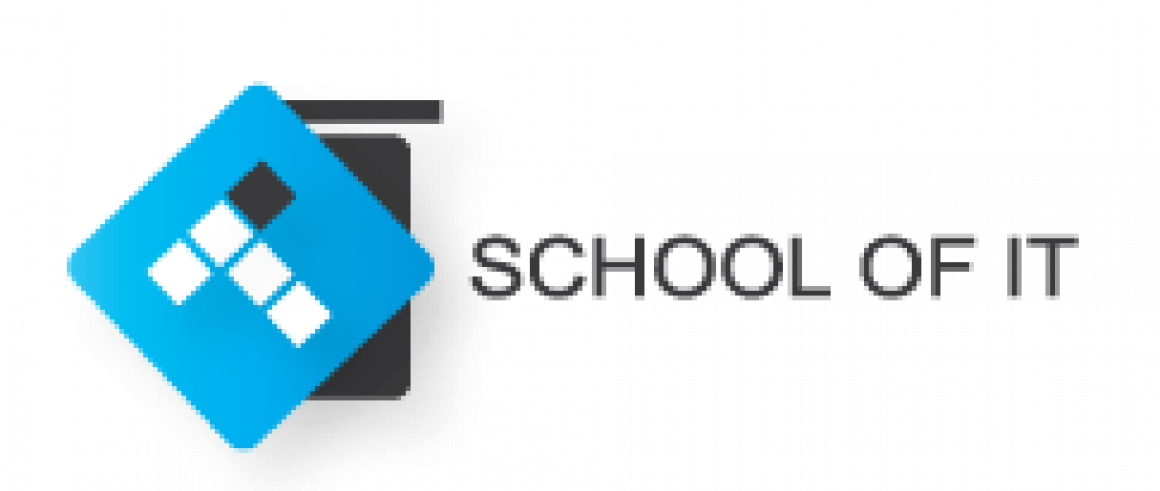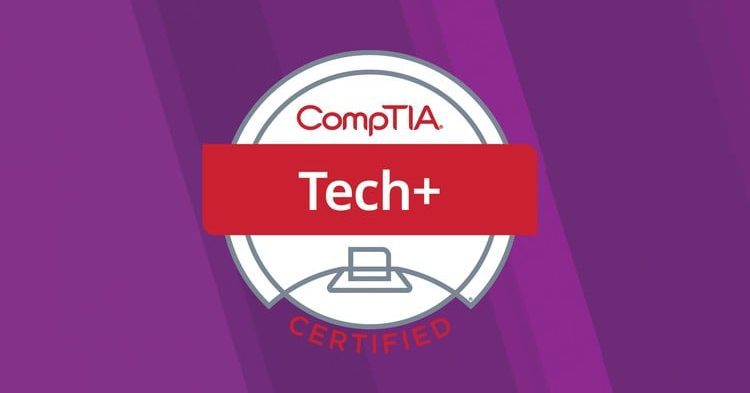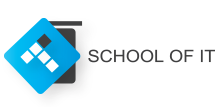Module 1 – Using Computers
- Common Computing Devices
- Information Technology
- Personal Computers (PC)
- Mobile Devices
- Internet of Things (IoT) Devices
Using a Workstation
- Setting up a PC System
- Ergonomic Concepts
- Navigating an OS
- Using Input Devices
- Recognising Desktop Icons
- Working with Windows
Using an OS
- Functions of an Operating System
- Types of Operating System
- Microsoft Windows
- Apple macOS and iOS
- Linux, Chrome, and Android
- File Explorer
- Windows Settings and Control Panel
- Using a Web Browser
Managing an OS
- Management Interfaces
- Process and Service Management
- Memory and Disk Management
- Command Line Interfaces
- Access Control and Protection
Troubleshooting and Support
- Support and Troubleshooting
- Identifying the Problem
- Understanding the Problem
- Resolving and Documenting the Problem
- Troubleshooting PC Issues
- Getting Support
- Using a Search Engine
Module 2 – Using Apps and Databases
Using Data Types and Units
- Notational Systems
- Units of Measure
- Data Types
- Data Representation
- The Value of Data
- Intellectual Property
- Data-driven Business Decisions
Using Apps
- Installing Applications
- Application Management
- Managing Software Licensing
- Productivity Software
- Collaboration Software
- Business Software
Programming and App Development
- Programming Logic
- Programming Languages
- Programming Concepts
- Object-Orientated Programming
- Scripting Languages
- Application Platforms and Delivery
Using Databases
- Database Concepts
- Database Structures
- Relational Methods
- Database Access Methods
- Application Architecture Models
Module 3 – Using Computer Hardware


